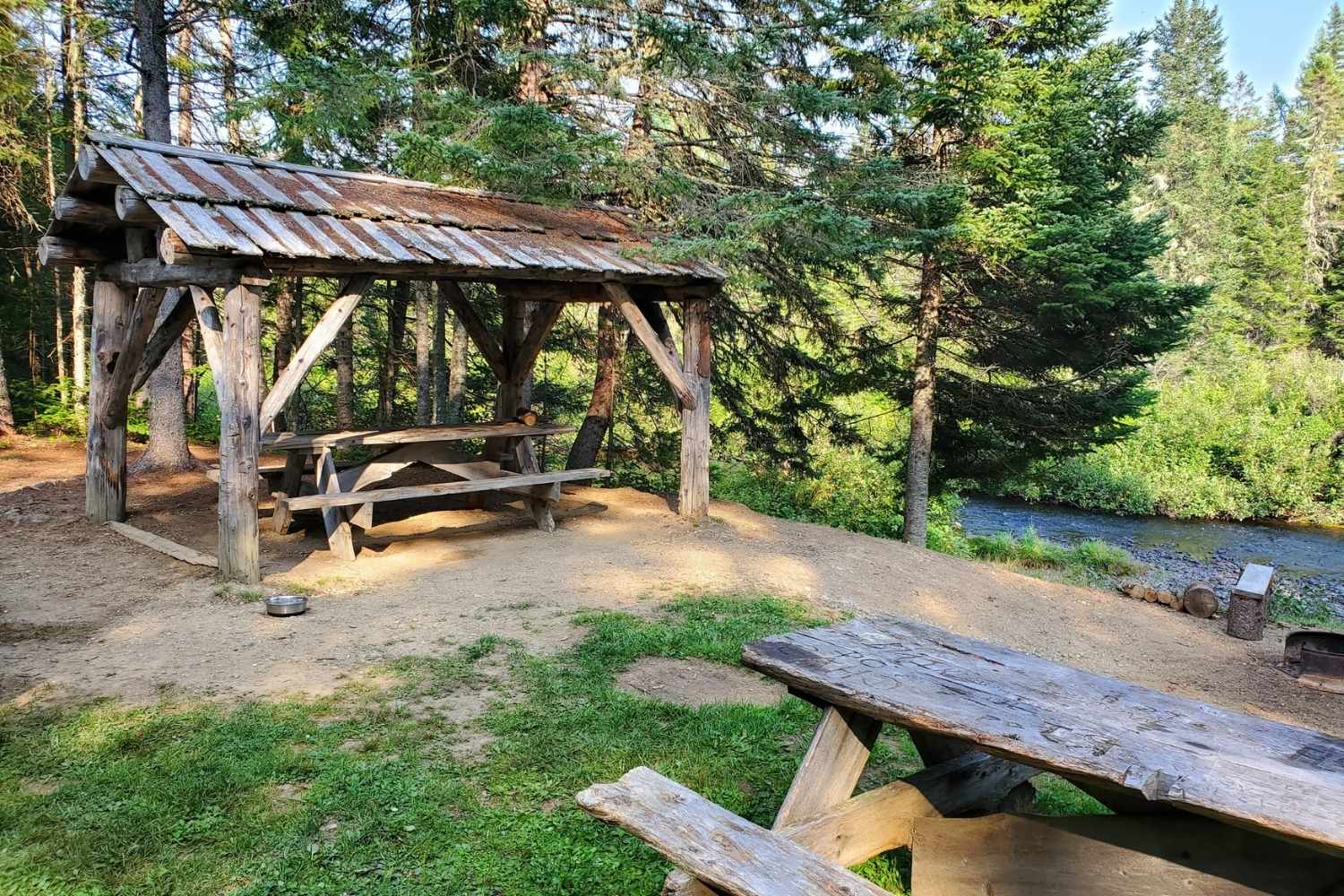Secrets Of Maine’s North Woods Lumber Camps

Ever wondered what life was like in Maine's North Woods lumber camps? These camps, hidden deep in the forest, were home to hardworking loggers who braved harsh winters and rugged terrain. Imagine waking up before dawn, surrounded by towering pines, ready to tackle a day of felling trees and hauling logs. The camaraderie among the workers, the hearty meals, and the rustic cabins all paint a vivid picture of a bygone era. Whether you're a history buff or just curious about the past, the stories from these camps offer a fascinating glimpse into a tough yet rewarding way of life.
Discovering Maine's North Woods Lumber Camps
Maine's North Woods is a vast, rugged region filled with history, adventure, and natural beauty. The lumber camps scattered throughout this area offer a glimpse into the past, where loggers once toiled amidst towering pines and icy rivers. Let's explore some of these fascinating camps and what makes each one unique.
1. The Allagash Wilderness Waterway
The Allagash Wilderness Waterway is a pristine stretch of rivers, lakes, and streams. It's not just a haven for paddlers but also home to historic lumber camps.
- Logging History: The waterway was a major route for log drives, where logs were floated downriver to mills.
- Historic Sites: Visit remnants of old camps and logging equipment scattered along the banks.
- Natural Beauty: Enjoy the serene beauty of the waterway, with opportunities for canoeing, fishing, and wildlife watching.
2. The Penobscot River Corridor
The Penobscot River Corridor is another key area in Maine's logging history. This region offers a mix of outdoor activities and historical exploration.
- Logging Legacy: The Penobscot River was a crucial route for transporting logs to Bangor, once known as the "Lumber Capital of the World."
- Camps and Cabins: Discover old logging camps and cabins that tell the story of the hardworking loggers.
- Recreational Activities: Enjoy hiking, fishing, and camping along the river.
3. The Katahdin Iron Works
The Katahdin Iron Works area is rich in both logging and mining history. This site offers a unique blend of industrial heritage and natural beauty.
- Historic Iron Works: Explore the remains of the iron works that once produced pig iron for the region.
- Logging Camps: Visit old logging camps that supported the iron works and the surrounding forests.
- Scenic Trails: Hike the trails that wind through the area, offering stunning views of the mountains and forests.
4. The Moosehead Lake Region
Moosehead Lake is the largest lake in Maine and a central hub for logging activities in the past. The region is steeped in history and natural splendor.
- Logging History: Moosehead Lake was a key area for log drives, with logs floated across the lake to mills.
- Historic Camps: Visit old logging camps and learn about the life of loggers who worked in the area.
- Outdoor Adventures: Enjoy boating, fishing, and hiking in this picturesque region.
5. The Kennebec River
The Kennebec River played a significant role in Maine's logging industry. This river corridor offers a mix of history and outdoor fun.
- Log Drives: The Kennebec River was a major route for transporting logs to mills in the 19th and early 20th centuries.
- Historic Sites: Discover remnants of old logging camps and equipment along the river.
- Recreational Opportunities: Enjoy kayaking, fishing, and exploring the scenic beauty of the river.
6. The Rangeley Lakes Region
The Rangeley Lakes Region is known for its stunning lakes and rich logging history. This area offers a peaceful retreat with a touch of the past.
- Logging Heritage: The lakes were used to transport logs to mills, with many camps set up along the shores.
- Historic Camps: Visit old logging camps and learn about the region's logging past.
- Outdoor Activities: Enjoy fishing, boating, and hiking in this beautiful region.
7. The West Branch of the Penobscot River
The West Branch of the Penobscot River is another key area in Maine's logging history. This region offers a mix of adventure and historical exploration.
- Logging Routes: The West Branch was a major route for log drives, with logs floated downriver to mills.
- Historic Camps: Discover old logging camps and cabins that tell the story of the hardworking loggers.
- Recreational Activities: Enjoy hiking, fishing, and camping along the river.
8. The Machias River
The Machias River is a lesser-known but equally important part of Maine's logging history. This river corridor offers a peaceful escape with a touch of history.
- Log Drives: The Machias River was used to transport logs to mills in the 19th and early 20th centuries.
- Historic Sites: Discover remnants of old logging camps and equipment along the river.
- Recreational Opportunities: Enjoy kayaking, fishing, and exploring the scenic beauty of the river.
Discover the Magic of Maine's North Woods
Maine's North Woods lumber camps offer a unique glimpse into a bygone era. These camps, rich in history and tradition, showcase the rugged lifestyle of early loggers. Visitors can explore authentic cabins, learn about logging techniques, and even try their hand at some of the old tools. The natural beauty surrounding these camps adds to the experience, with dense forests, clear rivers, and abundant wildlife. Whether you're a history buff or nature lover, the North Woods has something special. Plan a visit to these historic sites to truly appreciate the hard work and ingenuity of those who shaped Maine's logging industry. The stories and landscapes will leave a lasting impression, making it a memorable adventure for all ages.

